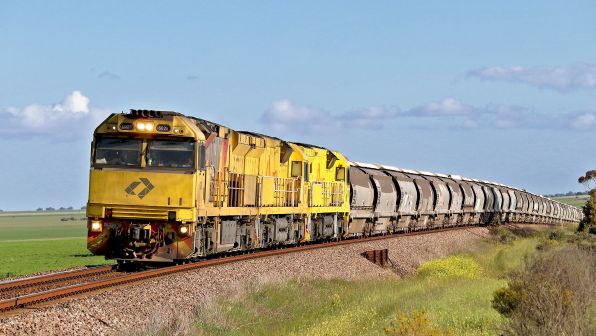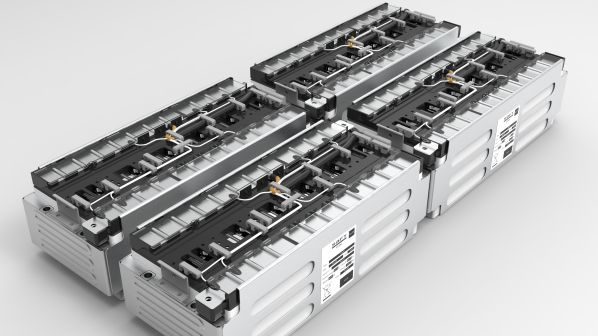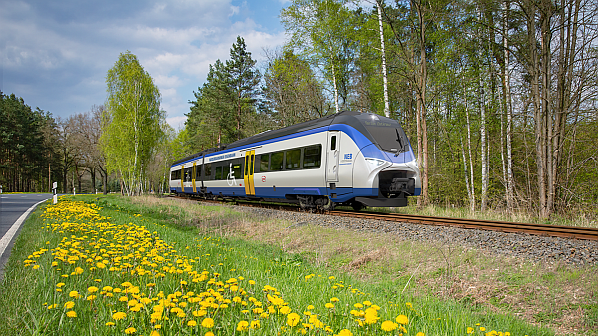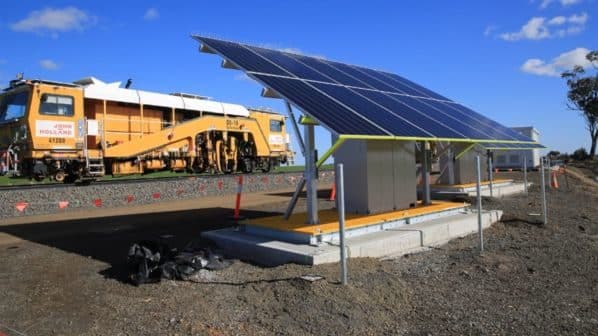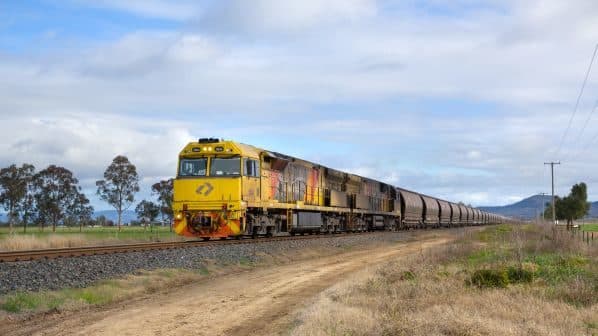AUSTRALIA’s largest freight operator, Aurizon, and the University of Queensland have concluded that a combination of batteries and hydrogen could feasibly replace diesel power on the nation’s heavy haul routes in the coming decade.
In a paper published in the Journal of Energy Storage, Dr Ruth Knibbe and Professor Paul Meehan from the university’s School of Mechanical and Mining Engineering collaborated with Aurizon to analyse rail corridors across Australia.
The paper demonstrated the limitations of state-of-the-art batteries using real-world data from several locomotives operating in Australian rail freight. Researchers developed an energy model to assess each route’s required energy and potential regenerated energy, with the tractive and regenerative battery energy, mass, and cost determined using data from the energy model coupled with battery specifications.
The feasibility of deploying lithium iron phosphate (LFP), nickel manganese cobalt (NMC) and lithium titanium oxide (LTO) batteries in heavy haul traction applications was examined considering cost, energy density, cycle lifespan and locomotive data, with LFP identified as the most suitable current battery solution.
Further examination of the energy demands, and associated mass/volume constraints concluded that three platforms are required for heavy haul rail decarbonisation: a battery electric locomotive for low-energy demands, which can be coupled with either a battery electric tender for medium energy demands or a hydrogen fuel cell electric tender for higher energy demands.
A forward-looking techno-economic assessment of battery and hydrogen fuel cell platforms concluded that the lowest cost solution for low-energy applications is a battery-only system, and a battery-hydrogen system for high-energy duties.
“Rail transport accounted for about 3% of global carbon emissions in 2020, so decarbonising railways will play a major part in Australia’s transition to renewables,” Knibbe says. “But it’s challenging, with long rail routes across the country that require a lot of energy and limited capacity to set up recharging infrastructure, which means all energy needs to be transported onboard.”
The study examined train weights and how much energy would be needed to move full loads between mines and ports, and options such as dynamic braking which generates energy when the brakes are applied.
“While heavy duty batteries present huge opportunities by allowing for braking energy to be captured, it’s also a major challenge to keep them cool,” she says. “The batteries onboard weigh around 42 tonnes and need to be kept at safe temperatures and prevented from degrading prematurely.
“We assessed both energy and cooling requirements of each rail route, as well as the energy storage systems available.”
The researchers found battery-operated trains could replace diesel locomotives on shorter, low-energy routes such as the 200km Gladstone - Moura corridor in central Queensland.
Aurizon’s fleet decarbonisation manager, Mr Roger Buckley, said the research was a crucial piece of work in Aurizon’s drive to reduce carbon emissions across the company’s locomotive fleet.
“We are committed to building a more sustainable future and have a sharp focus on our goal to further reduce Aurizon’s carbon footprint as we work towards zero operational emissions by 2050,” he said.
